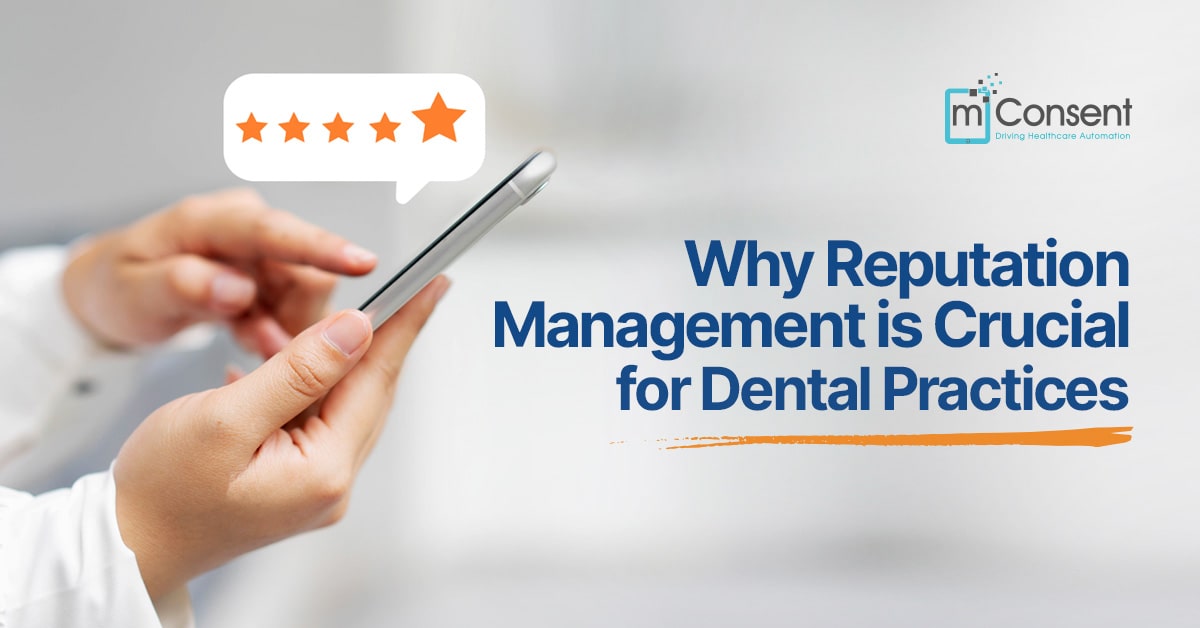Imagine this: a person searching late at night for help with a throbbing toothache lands on your dental website. No one is online to assist, but immediately, a friendly chatbot appears asking how it can help. It gathers basic details and offers potential immediate answers. That interaction can make all the difference between losing a new patient and gaining one.
According to recent studies, up to 80 percent of customer inquiries can now be managed by AI, a game changer for dental practices in a world where patience is short and instant help matters.
Traditional dental marketing relies on print brochures, paid ads, and word of mouth. While those still have value, they fall short in today’s digital-first world. Patients expect instant answers, quick scheduling, and personalized interactions. The shift to AI-driven tools reflects this new reality. These technologies not only improve efficiency and volume, but also help personalize every stage of the patient journey, from the very first “hello” on your site to post-treatment follow-up.
At the forefront of this evolution is mConsent. More than just a form or scheduling tool, mConsent incorporates AI chatbots in a way designed with dental teams in mind. From answering insurance questions to scheduling appointments and gathering feedback, it’s a dental marketing and engagement engine working quietly in the background, helping convert online visitors into loyal patients.
Understanding Chatbots and AI in Dentistry
Chatbots are software applications that simulate human conversation. Some follow simple rule-based scripts, while newer versions use natural language processing (NLP) to understand and respond in more natural, human-like ways. A dental chatbot powered by AI can detect when someone is asking about urgent care or emergencies.
It can guide them to book an appointment or provide first-aid instructions before transitioning to human care. With machine learning, the chatbot becomes smarter over time, adapting its responses based on what patients ask and how they respond.
Beyond chat, AI encompasses predictive analytics and voice assistants. Chatbots use data from incoming messages and site behaviour to predict what visitors need and suggest targeted messaging. Voice search assistants will soon enable patients to ask natural language questions, like “Alexa, I need a dentist who handles root canals”—and receive accurate, local results.
Why Dentists Should Embrace AI
AI engagement gives your practice an always-on front desk. Imagine answering questions and scheduling new patients—even when your office is closed. You won’t have to scramble to return voicemails or hop on calls between appointments. With instant replies and reliable accuracy, conversion rates go up while staff burnout goes down.
Consistent messaging strengthens trust since every patient gets the same careful tone and information. AI also captures data more quickly, helping you tailor follow-ups based on referral sources or past visits. You learn patterns and deliver messages that feel personal and timely.
Real Meaningful Use Cases
Lead filtering is a standout benefit. Suppose someone asks “How much does a root canal cost?” Your chatbot can collect basic information—patient name, phone, insurance—and offer a suggested booking time. With mConsent, you can pre-screen and schedule callers before your front desk even picks up.
Imagine a patient with pain after hours. The chatbot detects urgency, offers first-aid guidance, suggests emergency protocols, and gathers contact info so your staff follow up immediately in the morning.
Encouraging long-time patients to return is another powerful use. The chatbot might say, “It looks like it’s been six months since your last cleaning. Can I help you schedule?” You could pair this with an offer like 15 percent off for returning patients. That kind of re-engagement can significantly increase patient retention.
Languages matter, too. A multilingual chatbot can greet each visitor in their preferred language and adapt its follow-ups to fit, making your practice approachable and inclusive. Whether someone is browsing on Facebook Messenger or WhatsApp, an mConsent chatbot can help them seamlessly, no matter the channel.
Best Practices for Using Chatbots in Dentistry
First, pick a platform that understands HIPAA regulations and your workflows. mConsent checks both boxes and integrates with your existing systems, no clunky workarounds.
Next, keep the tone friendly. “Hi, I’m here to help” works better than robotic responses. Use built-in empathy. If someone says their child is in pain, acknowledge the urgency and suggest a follow-up call or appointment. That reassures and builds trust.
Set firm goals. How many leads a month do you want? Are you prioritizing emergency triage, new patient bookings, or reviews? mConsent’s dashboard can track conversions, message volumes, and where people drop off.
Link your chatbot to your CRM and website so every conversation shows up in a patient profile. You want every chat stored next to past treatments and intake forms. That gives your front desk the full context the moment a patient follows up.
HIPAA compliance is essential. A solution built properly should encrypt everything, require explicit consent before collecting health info, and track logs to show who accessed what.
How mConsent Uses AI to Drive Results
Digital intake on steroids. The chatbot personalizes forms, pre-filling known patient information. For example, if someone calls asking about a crown, the form prompts optional questions related to prior treatments. That saves time and feels more caring.
Communication is smart. Whether it’s SMS, email, or chat, mConsent sends follow-ups based on triggers. If a patient asks about braces in chat, the system can later send a gentle reminder: “Thinking about straightening your smile? Let me know if you’d like to schedule a consultation.”
Reputation management happens automatically. After a visit, the chatbot asks for feedback and routes happy patients to Google for reviews. If it senses negative sentiment, it alerts the office privately so you can follow up personally and prevent public complaints.
Treatment follow-ups stay on point. After a root canal or implant, the chatbot might reach out a few days later with messaging like, “Hope you’re feeling better today!” It can also remind patients to book their next cleaning at the appropriate interval.
Analytics come built-in. The mConsent dashboard shows which chat flows perform best, where leads convert, and how patient sentiment trends over time. Heatmaps show which parts of the chatbot are confusing. That insight lives alongside your scheduling stats and recall reports so you truly understand impact.
What Comes Next for Dental AI
Voice assistants will become common for dental queries: “Hey Siri, can I book a cleaning tomorrow morning?” Practices that optimize for voice search now will be the ones patients choose later.
Predictive churn and retention analytics will help you identify patients who might skip appointments or stop visiting. AI will allow you to re-engage them with reminders just when they’re needed.
Even financial conversations—like breakdowns of treatment costs—will be supported by conversational AI. Patients can compare options in real time and decide what’s right for them. That personalized guidance can improve conversion rates for treatments like implants and Invisalign.
Getting Started with mConsent Chatbot
Onboarding is quick and guided. You customize scripts around services, hours, insurance, and payment options. The AI model is then trained in your practice’s style, ensuring the chatbot reflects your tone.
After setup, you monitor performance in mConsent’s analytics portal. You’ll see message volumes, completion rates, and lead conversions. You’ll test variations—like asking “Would share your experience?” in one flow versus “Could you leave a review?” in another—and choose the best approach.
Within a few weeks, you’ll have real results: more online appointments, fewer calls to answer after hours, and better patient follow-up. And because the chatbot works 24/7, you’ll consistently capture requests you might have missed before. Conclusion
The dental practice of the future isn’t far off, it's already here. Chatbots and conversational AI bring together efficiency, empathy, and patient-first thinking. They help you capture leads, book appointments, secure reviews, and build trust, all without overwhelming front desk staff or sacrificing personal touch.
mConsent is right at the heart of this change: flexible, compliant, and designed for dentistry. It’s not about replacing humans; it’s about elevating your whole patient experience, starting from the very first website visit. Curious to explore more? Schedule a demo with mConsent and you’ll see exactly how easy it can be to merge technology and care with results that matter.
""

![HIPAA Release Form – All you Need to Know [Instant Download]](https://mconsent.net/wp-content/uploads/2021/09/HIPAA-Release-Form-All-you-Need-to-Know-Free-Release-Form.jpg)















